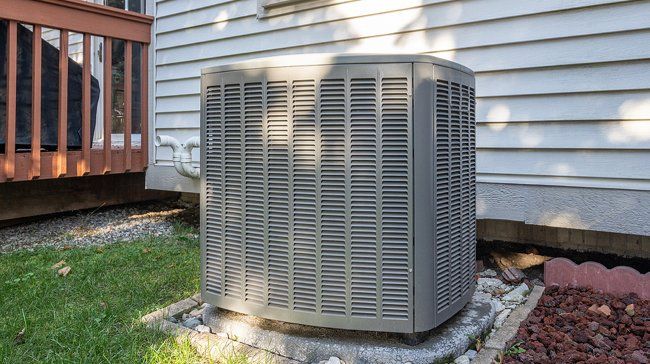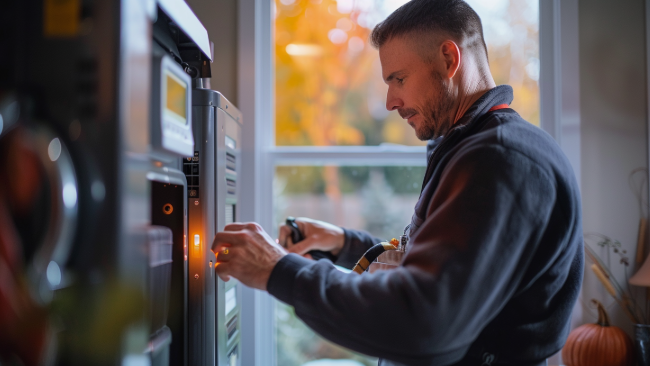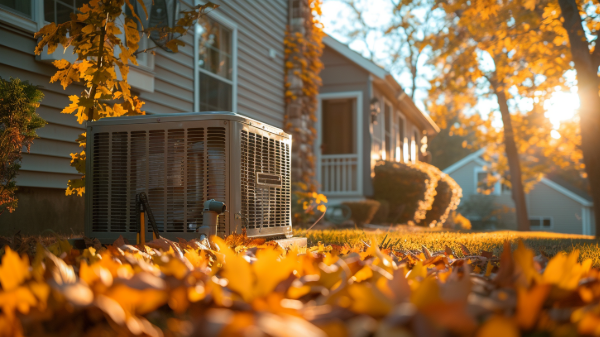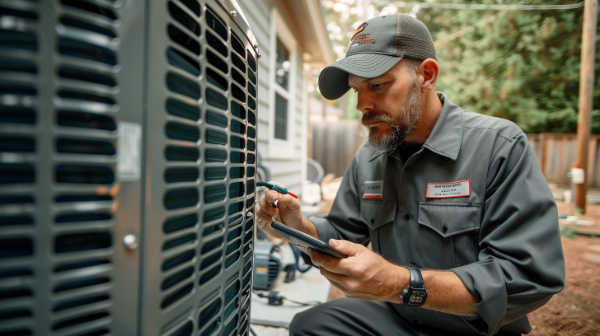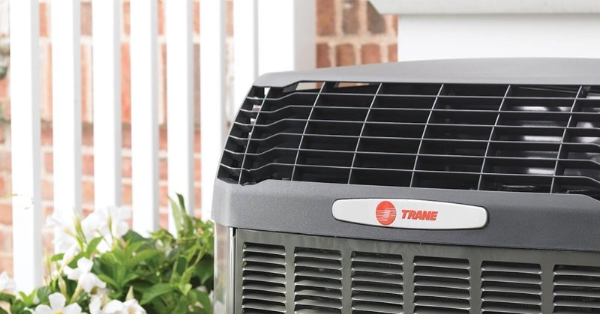Homeowner's Guide to an HVAC System Installation
HVAC Installation Guide for Homeowners
Owning a home is one of life's biggest achievements, but it can also be full of unexpected twists and turns. Having to replace a home heating and cooling system is often one of the more stressful adventures you may face as a homeowner. You can manage the anxiety over this complicated process by learning about HVAC system installation. When you know what to expect, it can help you feel empowered to make the best decisions for your home and your family. This guide will walk you through the process of having a new HVAC system installed in your home.
Step 1: Deciding You Need a New HVAC System
Heating and cooling systems are built to last, but depending on the climate and the wear and tear on the machinery, you may need to replace these systems within 15 years. Of course, you may have purchased a home that did not come with an HVAC system and are finding that it is something you want to add to your home. Whatever the situation, once you choose a reliable HVAC contractor, they will take you through the process one step at a time.
Step 2: Timing Your Installation Correctly
An HVAC contractor will not tell you when to install your new system, but the answer to this question is fairly straightforward. Whenever possible, you should choose a time of the year when the temperature and weather are likely to be moderate to favor the installation of a new system. For example, if you planning on a new furnace installation, you should avoid having this type of work done in the dead of winter.
Step 3: Measuring Your Home
A crucial part of having a new heating and cooling system installed is choosing the right product for your home. It's best to have professionals assess your home, measure the space needed to install the system and advise you on what type of system will suit your unique home. If you skip this step, you risk installing the wrong size or type of HVAC system for your home, and this can result in expensive utility bills and unnecessary strain on the AC and heating functions.
Step 4: Preparing Your Home for the Installation
On the day of the installation, you can make the process run more smoothly by taking a few actions beforehand. You can move furniture and fragile items away from areas in the home where the installation will take place, and you can clear any plants or debris from the outside area where compressor units sit. If you have pets, you will want to have a plan to secure them or take them away from the property altogether. The noises and activity of this kind of installation can stress out pets and children, so it's best to make careful arrangements for them in advance.
Step 5: Placing Drop Cloths and Tarps
Your HVAC contractor will arrive on the day of installation and begin the process by arranging protective materials around your home such as drop cloths and tarps. This will help minimize any mess and safeguard your floors and walls while the professional crew takes out the old system and installs the new system.
Step 6: Checking the Ducts
One important aspect of any heating or AC installation is checking to see if the ducts in your home are in working order or need to be cleaned, repaired, or replaced. The team doing the installation might discover this issue while they are in the process of replacing your old system, and this could impact the final cost of the procedure.
Step 7: Installing the New System
The process of taking out an old HVAC system and replacing it with a new one is usually completed in one day. If unexpected issues come up while removing the old system or checking the ducts, this could increase the amount of time it could take. But the entire process should take no longer than three days maximum. The installation team will also test the new system to ensure that it runs smoothly.
Step 8: Walking You Through How To Use Your New System
After the installation of your new HVAC system, the team will make sure you understand how to operate the new heating and cooling functions. They will advise you on the best practices to keep your system running smoothly and explain some of the early warning signs to watch out for that could mean your new system needs maintenance.
Installing a new HVAC system in your home is not a simple process, but it can set you up to live in comfortable temperatures all year round. To get the longest life out of your system, it's a good idea to schedule routine maintenance yearly. For any questions on the HVAC installation process, we at Next Level HVAC are happy to take your calls at (707) 228-9921.

